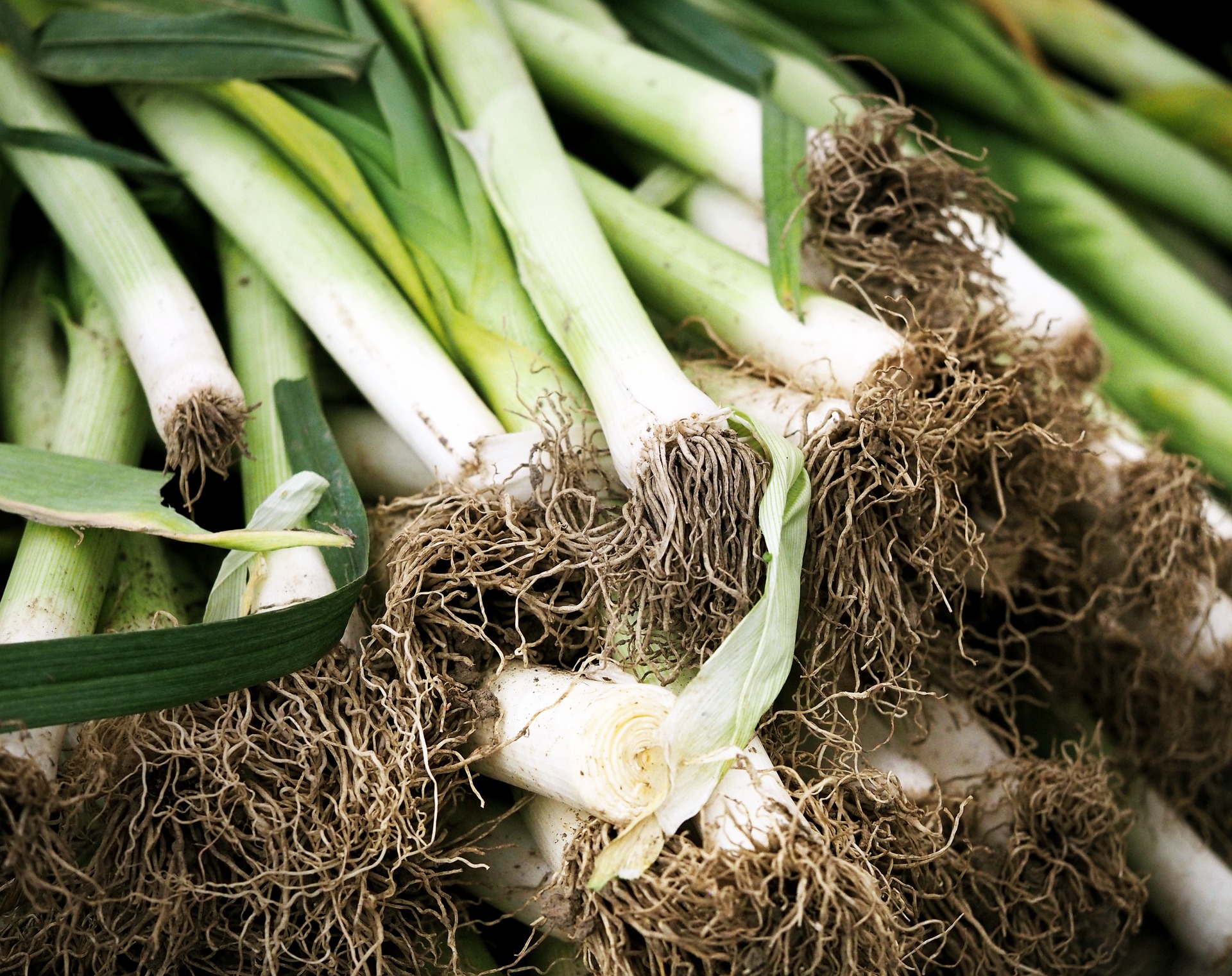By Gina Taylor
If you are like me, one of these and one of those is never enough when it comes to plants. What we really desire is a whole bunch of every flower, berry, and beautiful thing to sniff, eat, or gaze at, that we can lay our hands on. But buying 10 of one kind of flower can often be pretty expensive, not to mention all the plastic containers you end up accumulating along with your bought plants.
Here are a few tips on how to get LOTS of plants through division of a clump of something that you already have, or from a potted plant that you bought:
- Choose a nice big clump that is already well established in our yard or garden, take your shovel and slice right down the middle, leaving some of the original plant and digging up the rest. Don’t be afraid to hurt the plant. If you throw a nice scoop of compost in the hole you create, the plant will thank you all the more for helping spread it’s genes to new areas. Besides, some plants, such as hostas, need to be divided every few years in order to really thrive.
- With the clump that you have dug up, depending on what it is, either separate little baby plants, roots, or tubers (oriental poppies, comfrey, Echinacea, loosestrife, daylilies) or slice the clump up further (oregano, pennyroyal, any kind of grasses). Don’t make the new clumps too small though and leave a little soil on the clumps if possible, to protect the fine root hairs.
- Most perennials do best when they are dug and divided in the early spring or fall. Plants that bloom in the early spring, such as daffodils and poppies, should be propagated after they have bloomed—so in the summer or fall.
- Go crazy planting all these new plants everywhere, or pot them up and give as gifts to your friends, or sell them (hey-you could sell them on Pick-A-Pepper)!
- Keep the newly planted or potted plants well watered until they are established.
Here are just a few specific plants that are great candidates for increasing using division:
- Clumping Perennials: Shasta daises, Mums, geum, hostas, asters, oriental poppies, helianthus, peonies, and French tarragon
- Tubers, Bulbs, Rhizomes and Corms: Cannas, Iris, Rhubarb, crocus, dahlia, anemone, tuberose, hyacinth, gladiolus, and mint (just to name a few!)
- Suckering plants: raspberries and blackberries—the suckers can be dug up and easily planted.
To find locally raised plants, produce, and homegrown goodness in your area, check out Pick-A-Pepper.com.
Gina Taylor is a gardener, chef, and librarian writing in her spare time for Pick-A-Pepper.
Similar Stories:
- 20 Perennial Crops to Plant Now and Enjoy For A Lifetime.
- Sunchoke: A Native Perennial Vegetable
- 15 Vegetable Crops To Start Planting for Fall
- Growing Figs In a Temperate Climate
- It’s Not To Late To Plant A Garden!




